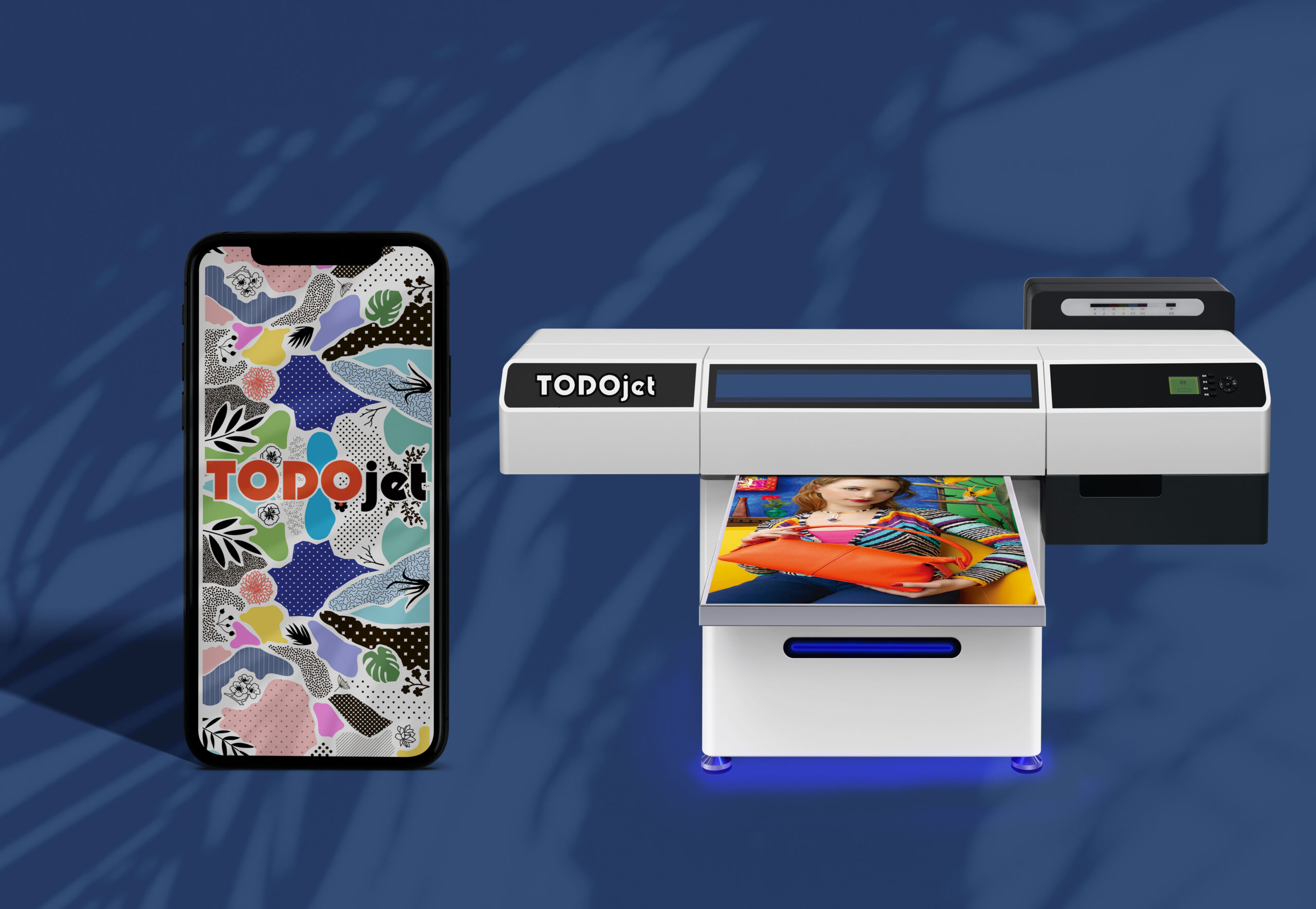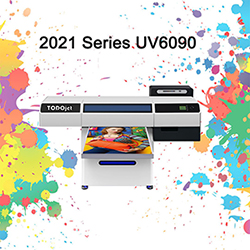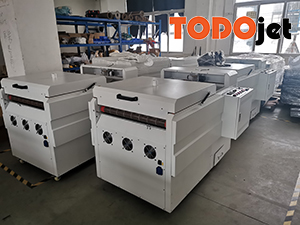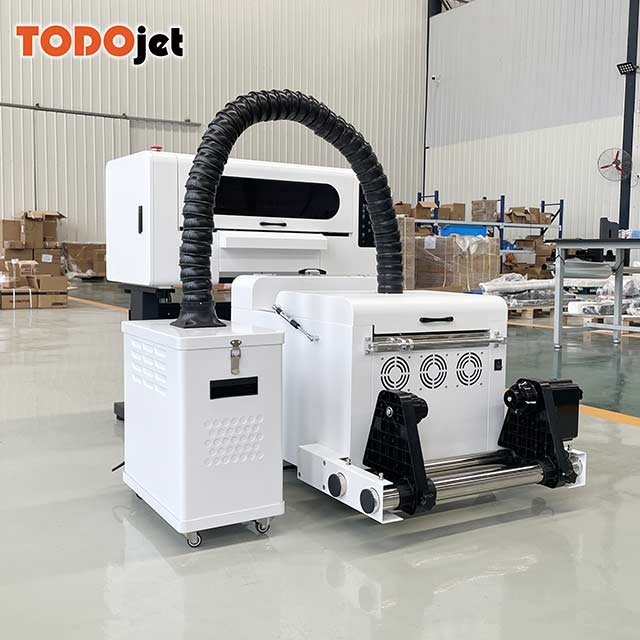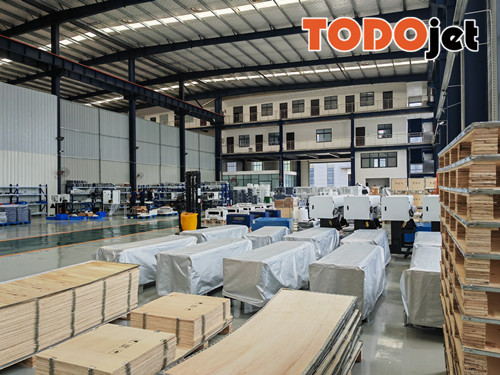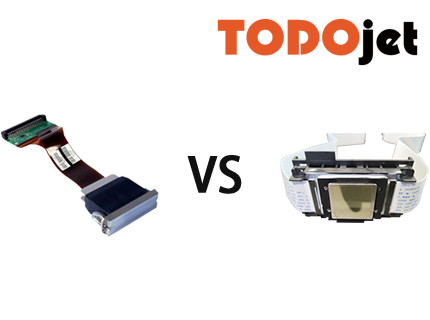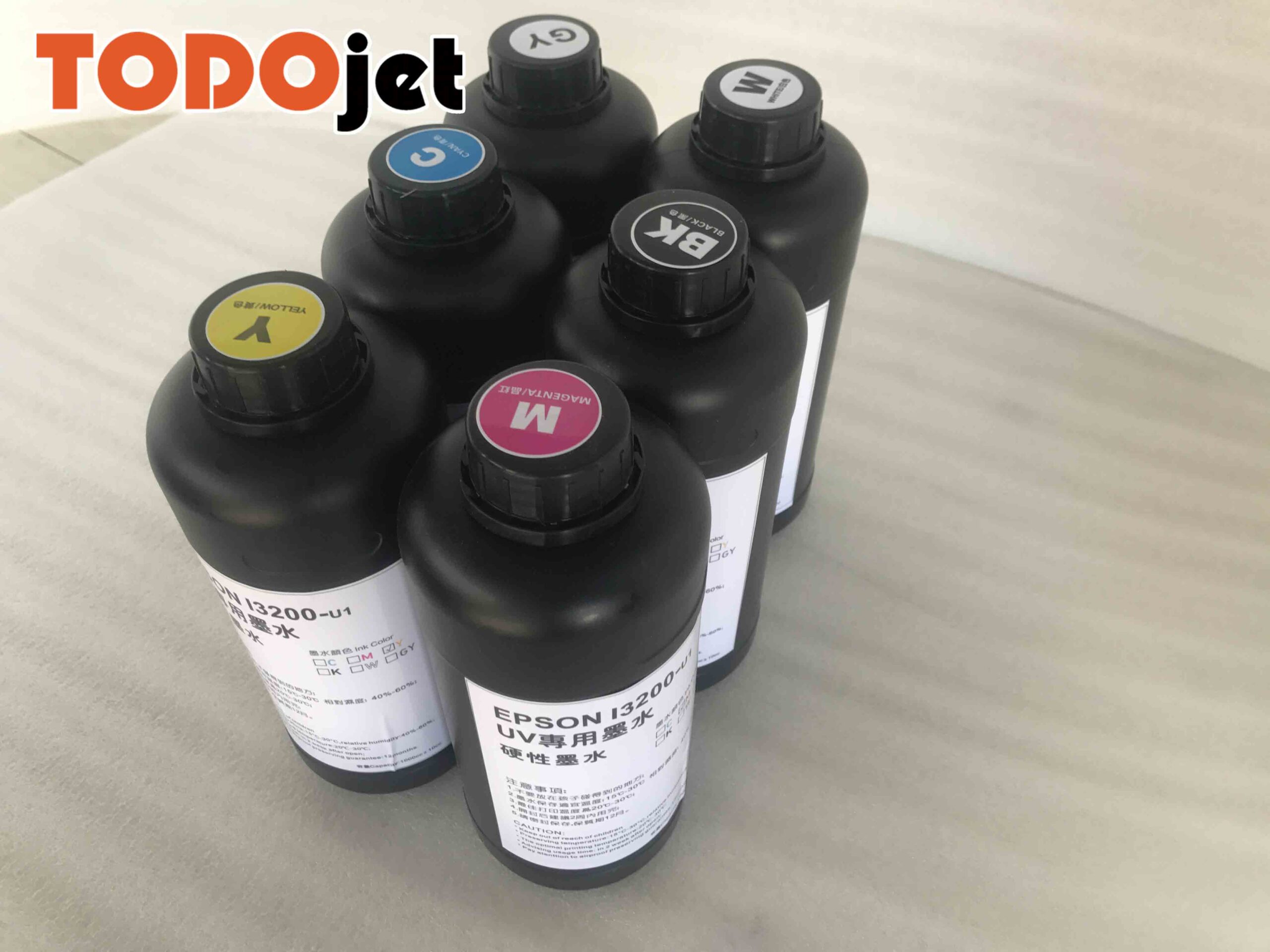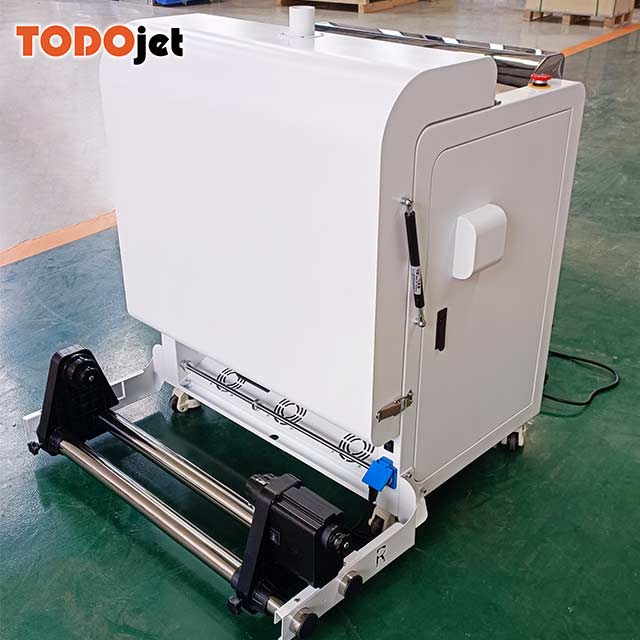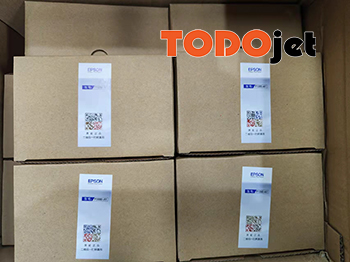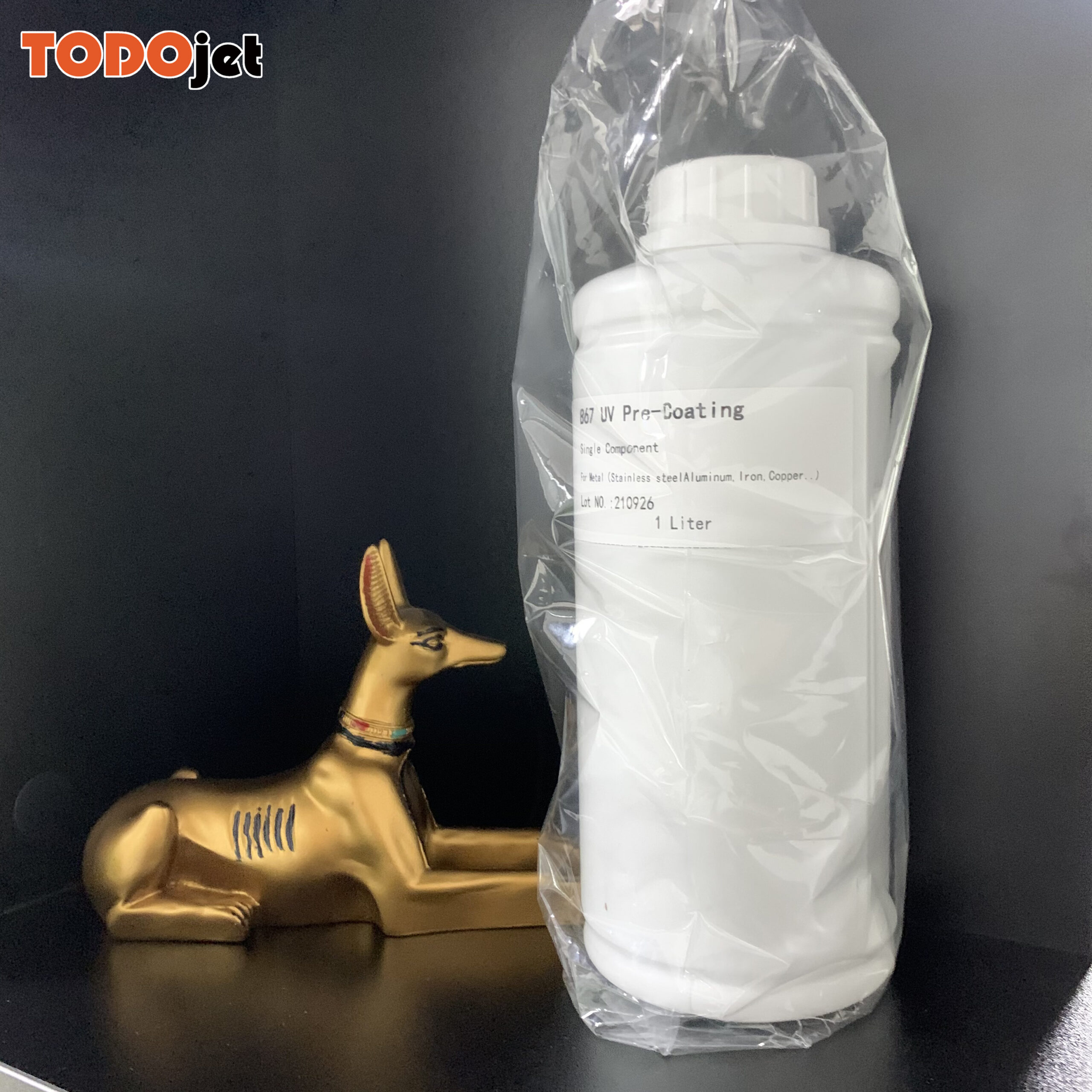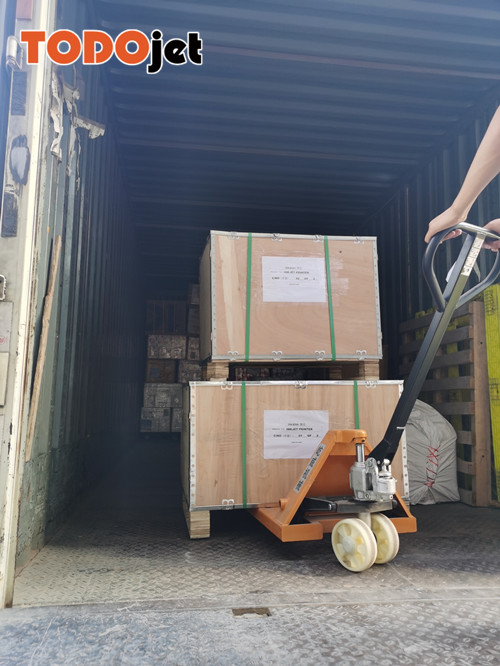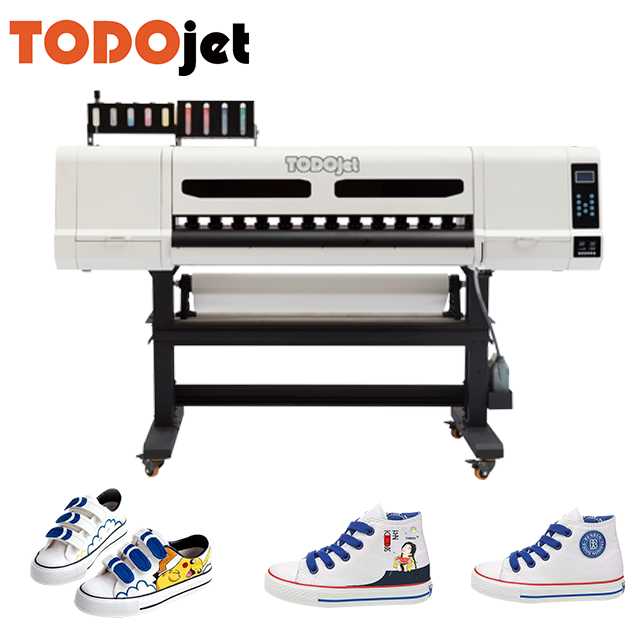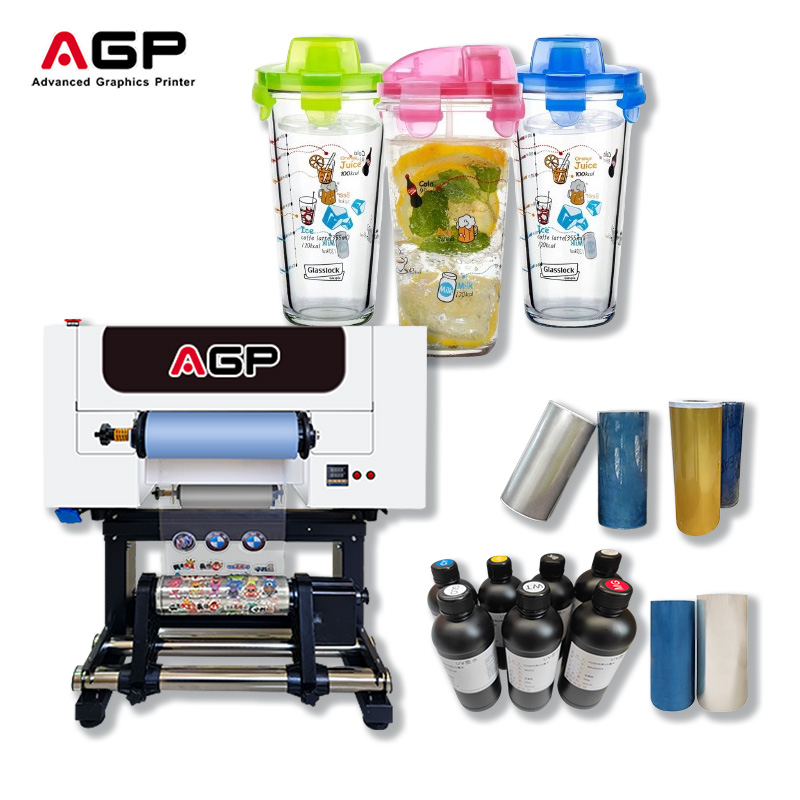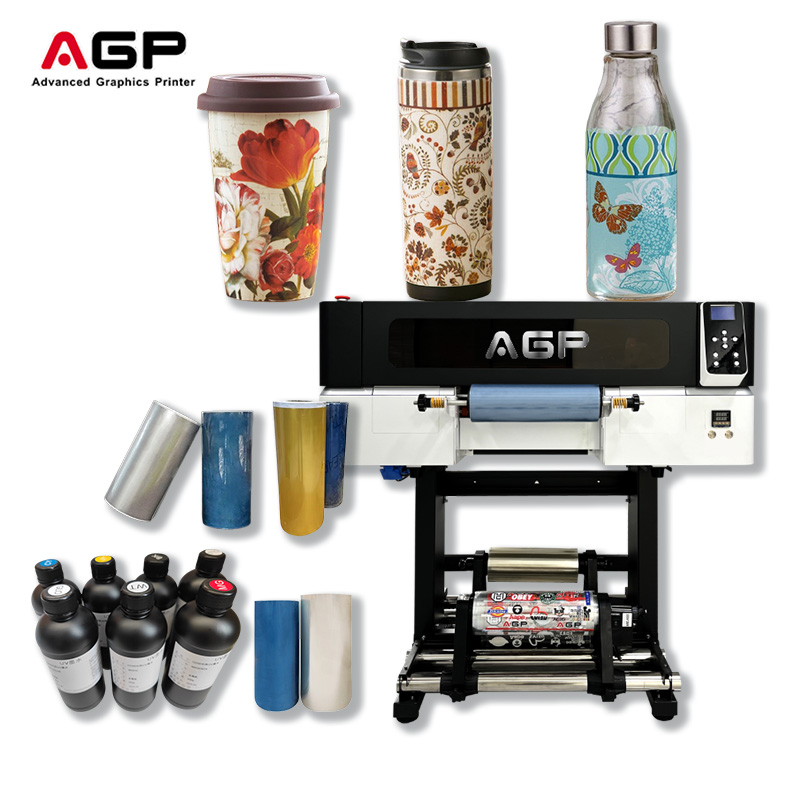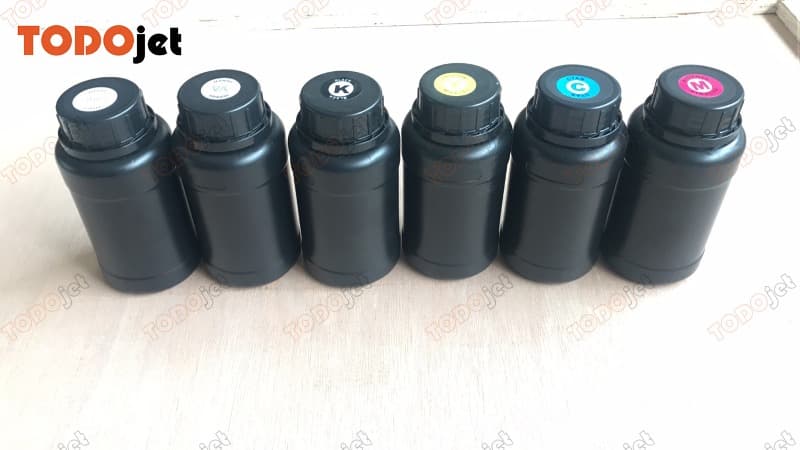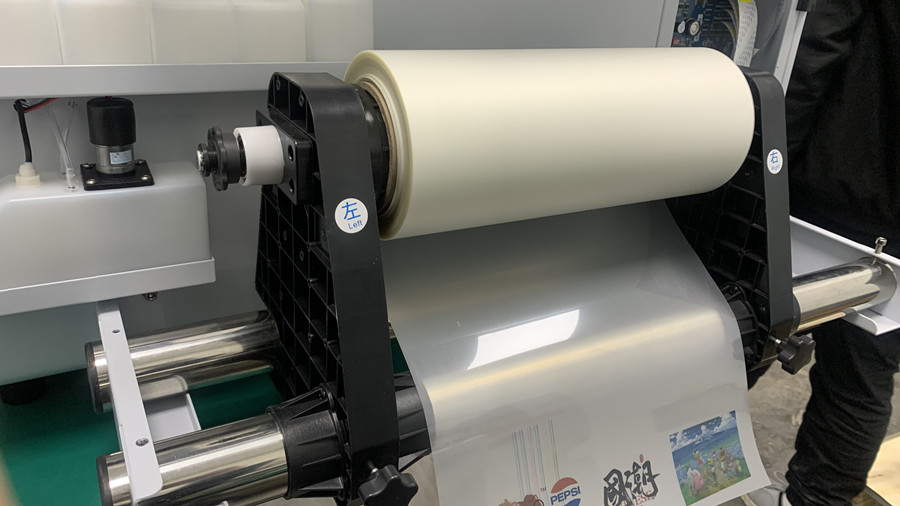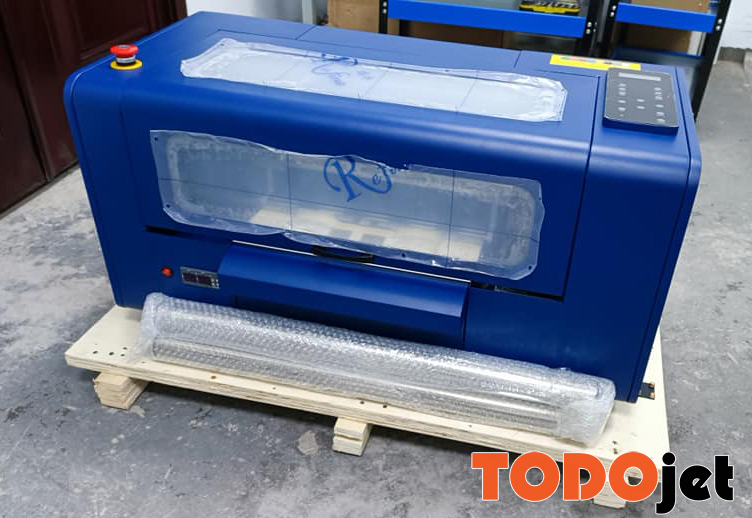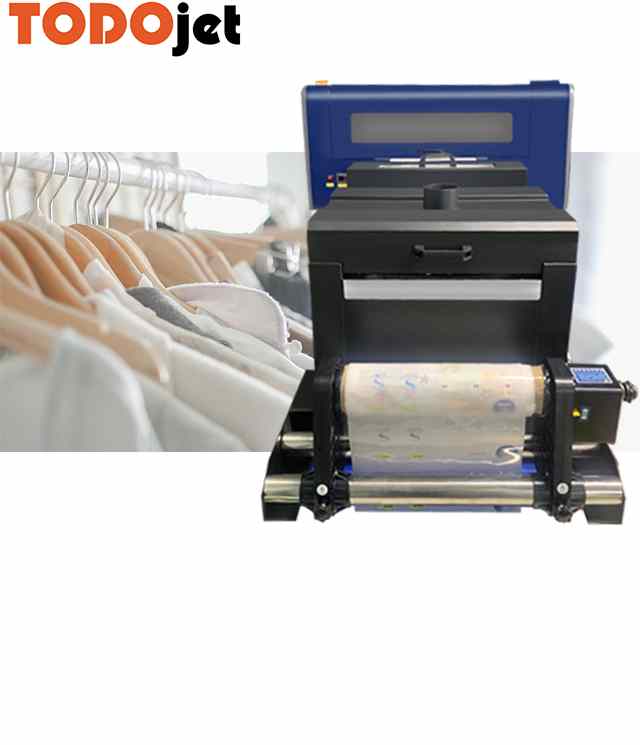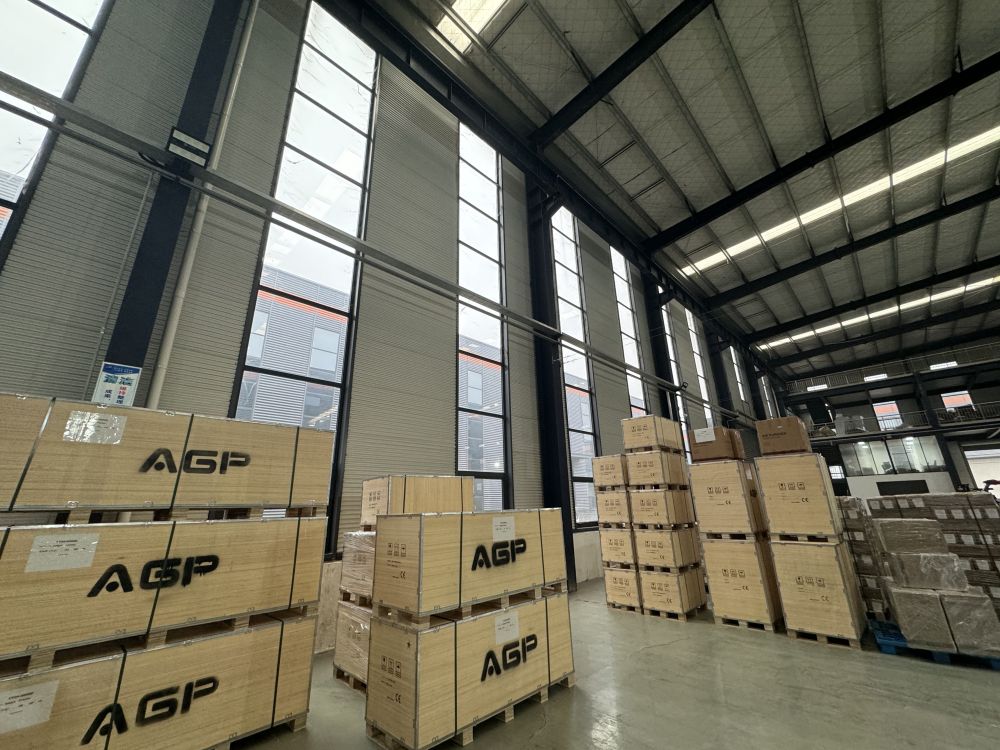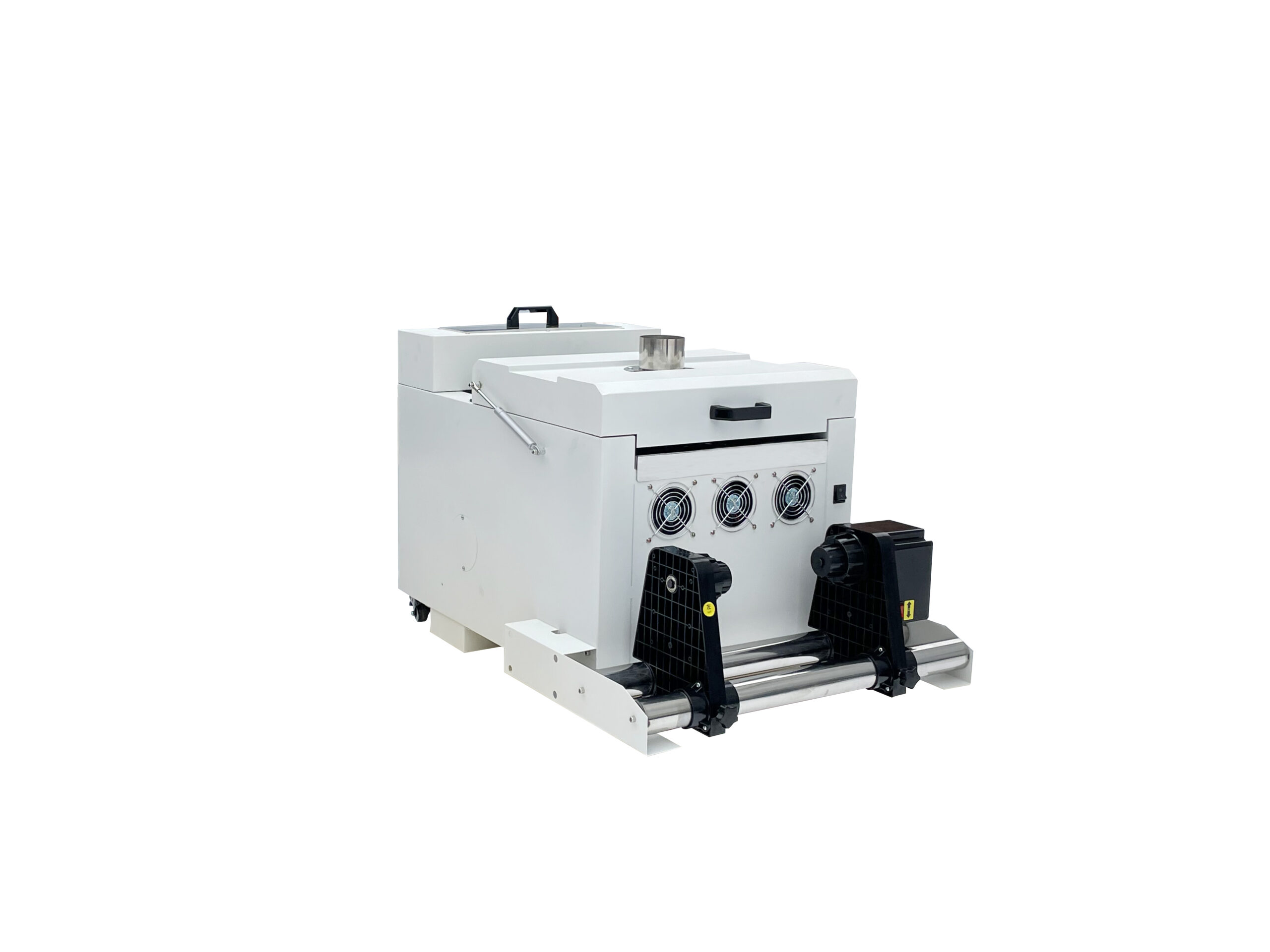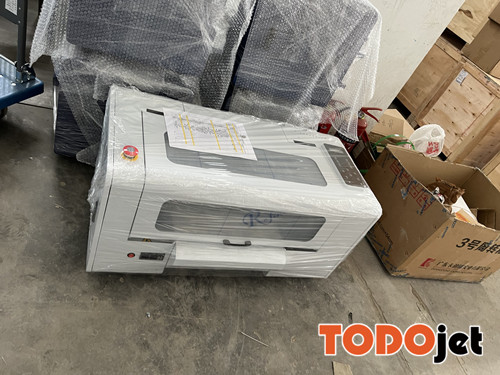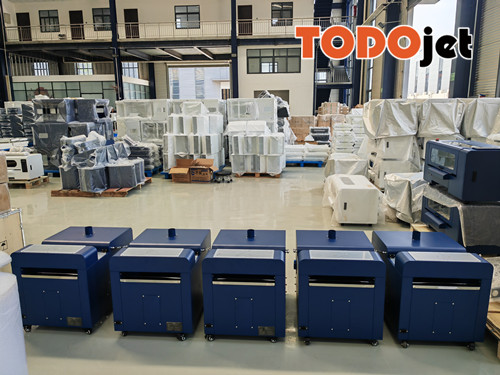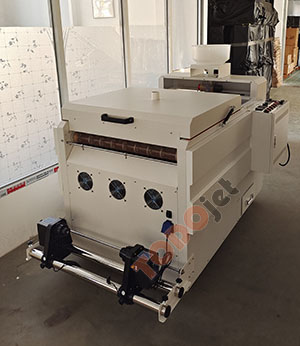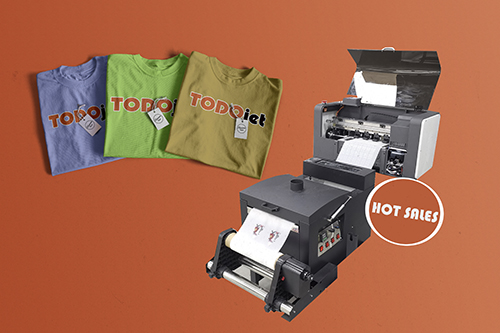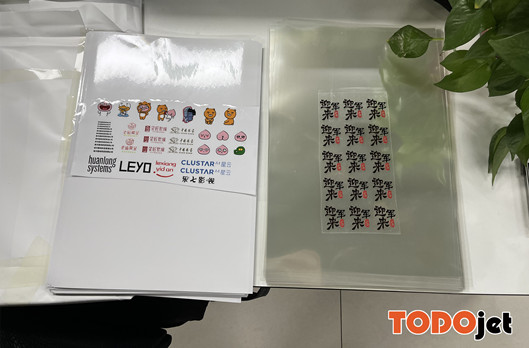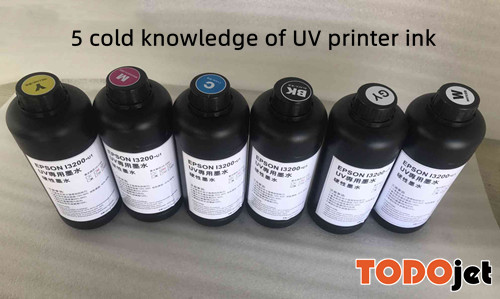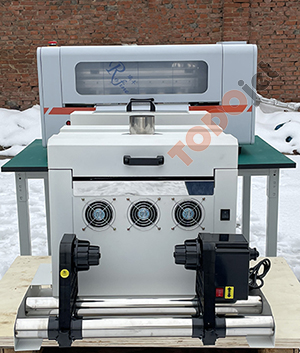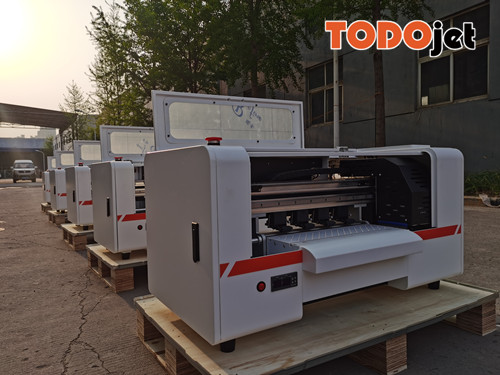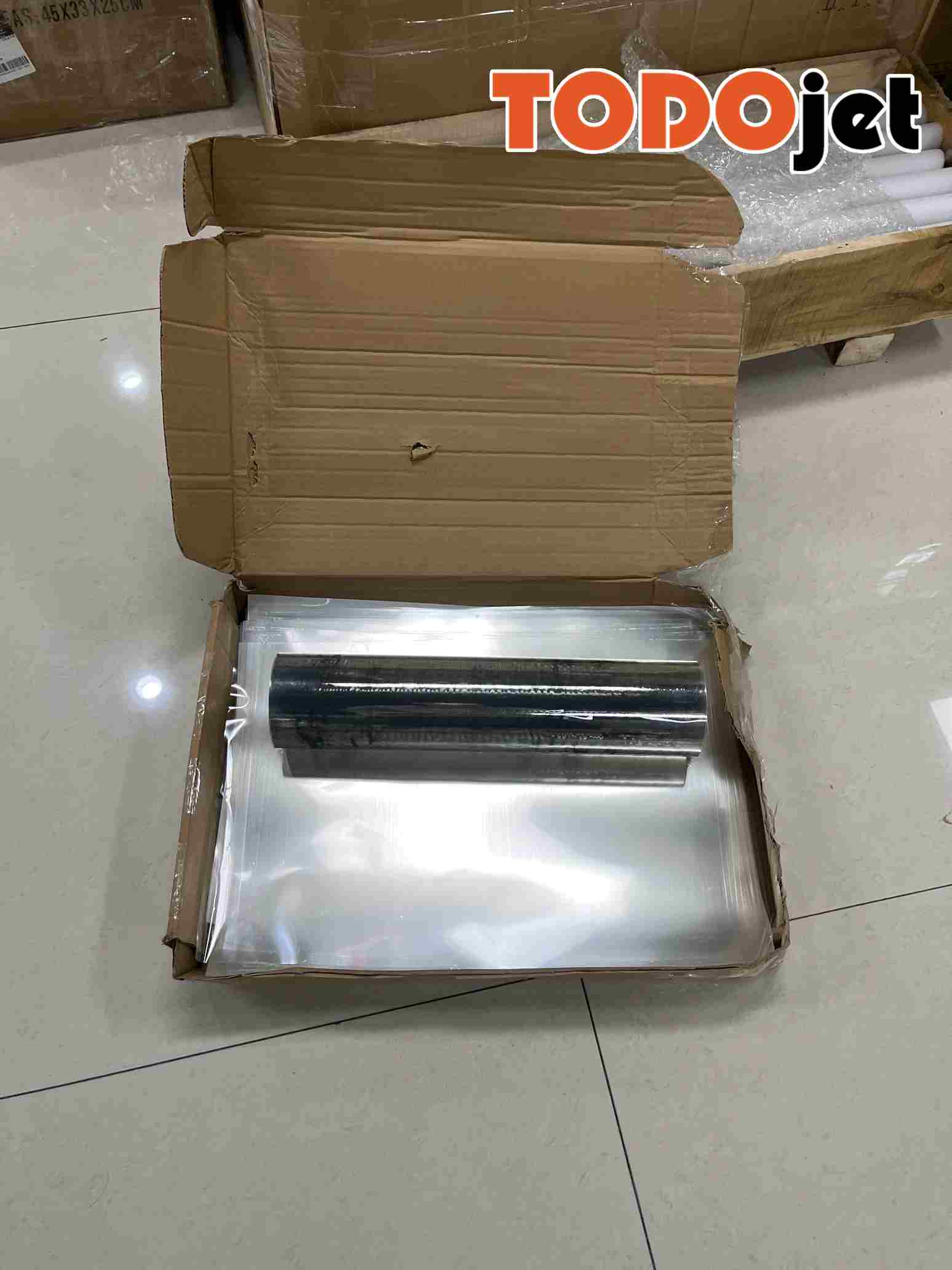Why uv flatbed printer prints exist pass trace ?
What is the solution?
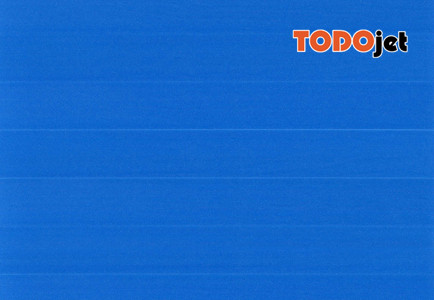
UV flatbed printers have pass trace, which is theoretically unavoidable, and mechanical errors cannot be eliminated to zero. But the higher the accuracy, the smaller the pass trace phenomenon and will not affect the printing quality. The cause of the pass trace of the pattern: the print feathering is too low, the two-way printing is too fast, the Y-axis belt is loose, the nozzle is in a bad state, and the ink is broken.
1.UV flatbed printer prints too low feathering
Solution: The turning on of the feathering is to make up for the link between the ink dots in the UV flatbed printer during the printing process, so that the effect of the pattern is more natural. UV inks have very poor leveling properties, unlike water-based or solvent-based inks. When ink dots are sprayed on the material, they will naturally diffuse around. Due to the action of ultraviolet light, UV ink will be cured immediately after the surface of the material. When viewed with a magnifying glass in this way, the gap between the ink dots and the ink dots is relatively large. You can turn on the feathering value at about 80 or 100 to eliminate the pass trace phenomenon.
2.UV flatbed printer is bidirectional printing and print too fast
Solution: Can be changed to unidirectional printing, which can meet high-precision printing. If the accuracy of the pattern is not high, you can select the two-way fast print mode.
3.The Y-axis belt of the UV flatbed printer is loose
Solution: After the Y-axis belt of the UV flatbed printer runs for a long time, it will become loose. At this time, it only needs to be tightened and adjusted. If the y-axis is driven by a screw rod, remember to perform regular oil maintenance.
4, UV flat printer nozzles are in bad condition, and the ink is broken, etc.
Solution: Pause the printing of the device, press the ink on the nozzles, and clean with the cleaning liquid. When the sprayed cleaning liquid is found to be in the form of beaded water, the nozzle holes have been cleaned, and printing can continue.

